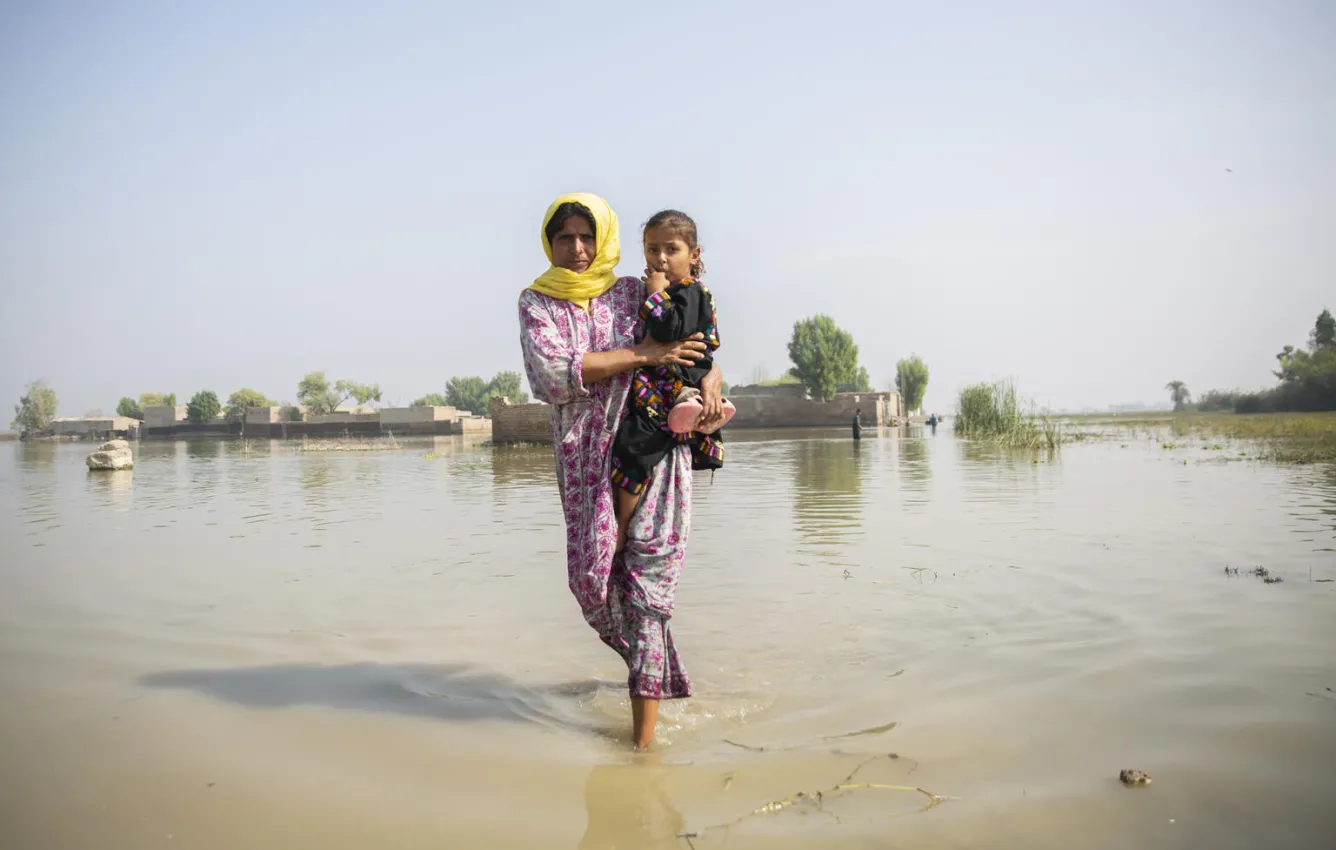Humanitarian Action for Children 2023: Climate and conflict catastrophic for children
Four-hundred-million children are living in conflict-affected areas.
One billion children live in countries at extreme vulnerability to the impacts of climate change.
Thirty-six-million children are displaced from their homes.
These large numbers are just a small glimpse into the lives of millions of children who have lived through crises in 2022. From floods to a global hunger crisis to conflict and displacement – the need to support children and families is great.
UNICEF’s Humanitarian Action for Children (HAC) appeal helps support our work as it provides conflict- and disaster-affected children with access to water, sanitation, nutrition, education, health and protection services.
The following HAC report details what is needed, what has been accomplished and where gaps exist.
Download the Humanitarian Action for Children 2023 ReportThe climate crisis is a child rights crisis
Moreover, given the impact the climate crisis is having on children, with frequent and larger climate change-based disasters, we need to be prepared for more climate-related emergencies.
Climate shocks are driving increased humanitarian needs – and in turn exacerbating existing crises – with unprecedented displacement, increasing malnutrition and even limiting humanitarian access where it’s needed the most.
In Pakistan floods caused havoc across the country, leaving half a million people living in camps, while in West Africa, flooding has destroyed harvests leaving people food insecure.
In the Horn of Africa and the Sahel, climate change has increased desertification and a decrease in crops and water quality alongside the drought in east and southern African which has led to the worst food crisis this century.
While drought and floods combined with conflict have also led to 8 million children under 5 across 15 crisis-hit countries at the risk of death from severe wasting.
UNICEF’s work in 2022
UNICEF has the mandate to address the emergency and long-term needs of children and women; it has demonstrated its capacity to do so at a worldwide scale; and it is constantly adapting to provide an ever-better response to the needs to children.
In 2022, UNICEF with the support of partners:
- Vaccinated 23.8 million children against measles
- Helped 25.9 million people access safe water for drinking and domestic needs
- Provided 28 million children access to formal and non-formal education
More information on humanitarian funding for UNICEF in 2022 can be found here and further 2022 reporting, including country-specific indicators, is available in the respective country appeals here.

Crises in 2023
The crises of 2022 will not go away in 2023. Today’s humanitarian needs are greater than ever. From 2015 to July 2022, there was a three-fold increase in the number of people in need of support. Meanwhile, the gap between funding needed to respond to humanitarian crises and funding available stands at USD $30.1 billion – a gap of close to 60 per cent.
Which is why UNICEF needs to fill the funding gap for 2023. You too can help.
Help support children in crisis
Funding for the HAC appeal – in particular flexible funding allows needs to be met where they are greatest. This allows us to respond to evolving needs in a rapidly changing landscape; prioritize climate-adaptive responses and preparedness; ensure equitable and principled humanitarian assistance, avoiding any diversion of aid from already underfunded crises; and Increase support to life-saving humanitarian response for children in 2023.
